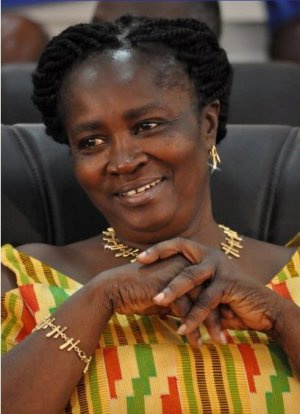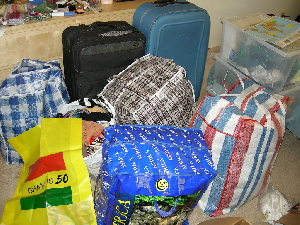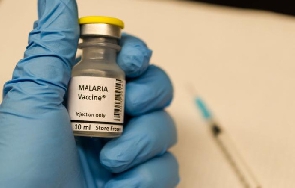Government, in financing the Ghana School Feeding Programme, has started paying caterers though e-zwich. This is to ensure transparency and dispatch in the payment of service providers. It will also ensure a proper audit trail and cut back on the human interface to reduce the incidence of malfeasance.
President John Mahama, during the opening of a two-day high-level conference on a National Anti-corruption Action Plan in Accra last year, said various government institutions are going to commence using the e-zwich platform for payments. This is as part of efforts to fight corruption.
A little less than a year after that promise, the school feeding caterers are being paid electronically using the e-zwich biometric smart card as well as mobile money platforms. This follows the payment of all National Service personnel on their e-zwich cards, which began much earlier in December last year.
GhIPSS together with banks has been enrolling caterers who do not have the biometric smart card, and a significant number of caterers have so far received payments on their e-zwich cards. Payments through the e-zwich platform are swift and instantly hit the card of the recipient, taking away the long and sometimes cumbersome payment procedure of the past.
Business Development Manager at GhIPSS, Mary Dei-Sarpong, confirmed payment of the caterers and urged the recipients to also use their cards for other transactions -- such as money transfer and payment for goods and services -- on the gh-link hybrid Point of Sales terminals. “The e-zwich card enables you to enter any bank at all and get service, or use the POS or even e-zwich-compliant ATMs; this is convenience and the security features make it an exciting experience for these caterers and users of the card,” she explained.
The School Feeding Programme began in late 2005 with 10 pilot schools, drawn from each region of the country. By August 2006 it had been expanded to 200 schools, covering 69,000 pupils in all 138 districts. However, currently over 1.7 million school children in 4,952 schools are covered.
Business News of Friday, 16 October 2015
Source: B&FT













